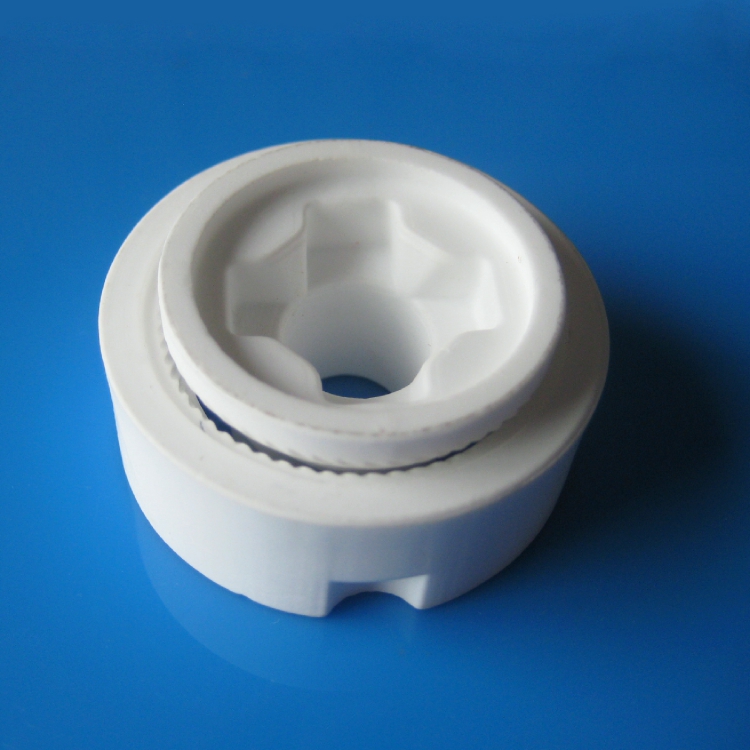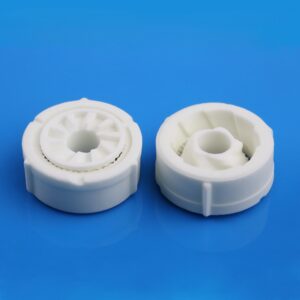Burr grinders are more consistent than blade grinders. This is important when it comes to coffee extraction. Thus we can see there are generally two types - conical burr coffee grinders and flat burr coffee grinders on the market. Most home grinders use conical burrs since they are cost effective.
We manufacture ceramic grinding burrs in 95%, 99% and 99.5% alumina. The product you're looking at is made of 95% alumina. Alumina represents the most commonly utilized ceramic material in industry. Due to its extremely superior abrasion and chemical resistance, alumina has been widely used in makeing coffee grinder burrs.
Ceramic vs. Stainless Steel Coffee Grinder
There are two standard options about burr material, steel or ceramic. Ceramic burrs are harder than steel, so they last longer before they need to be replaced.
Compared to steel burrs, ceramic burrs produce cup flavors that are more complex. The flavors certainly have more mouth and body feel. Thus a ceramic burr grinder is a better choice for espresso grounds compared to a steel grinder.
|
Ceramic Burr |
Stainless Steel Burr |
| PROS |
Burrs stay sharp longer
Best for espresso roasts
Longer lifespan (less warping, blunting)
Full-body taste and mouthfeel |
Burrs start sharper
Good for single-source, non-espresso beans
Less initial cost
Clean taste and mouthfeel |
| CONS |
More initial cost
Break more easily |
More recurring cost
Not great for warmer environments |
Why choose us?
Our ceramic grinding burr products have already passed the ISO9001 quality certification system, SGS RoSH system, German LFGB and US FDA certification. You can trust the quality of our products.








